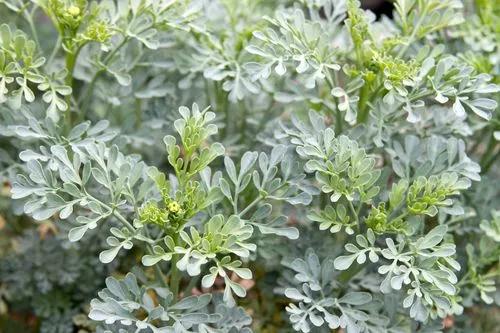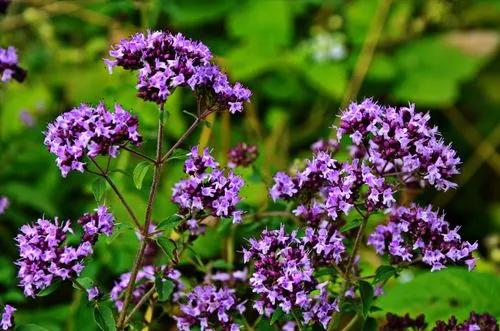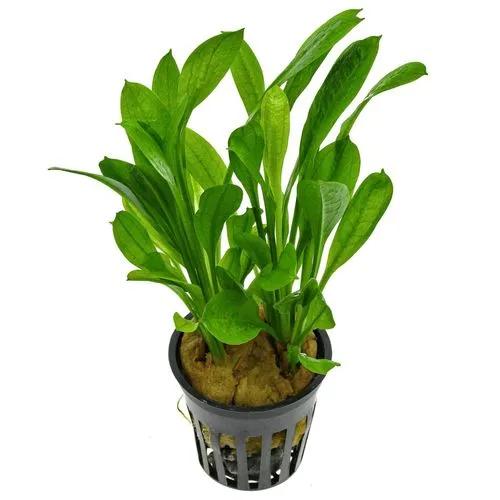Dianthus barbatus, the sweet William, is a species of flowering plant in the family Caryophyllaceae, native to southern Europe and parts of Asia. It has become a popular ornamental garden plant. It is a herbaceous biennial or short-lived perennial plant growing to 13–92 cm tall, with flowers in a dense cluster of up to 30 at the top of the stems. Each flower is 2–3 cm diameter with five petals displaying serrated edges. Wild plants produce red flowers with a white base, but colours in cultivars range from white, pink, red, and purple to variegated patterns. The exact origin of its English common name is unknown but first appears in 1596 in botanist John Gerard's garden catalogue. The flowers are edible and may have medicinal properties. Sweet William attracts bees, birds, and butterflies.
Sweet William Care
Dianthus X Barbatus



What is the plant
How to Care for the Plant

Water

Water the plants when dry

Fertilizer

Apply fertilizer every six to eight weeks. You may also work a slow-release fertilizer into the soil at planting, which will release you from the need to feed the plants.

Sunlight

Plant pinks in full sun, partial shade or anywhere they will receive at least 6 hours of sun.
Ease your plant care routine with PlantIn's personalized system.

Soil

The plants need fertile, well-drained soil that is alkaline.

Popularity

199 people already have this plant 55 people have added this plant to their wishlists
What's wrong with your plant?
Related Plants
Discover more plants with the list below
Popular articles






